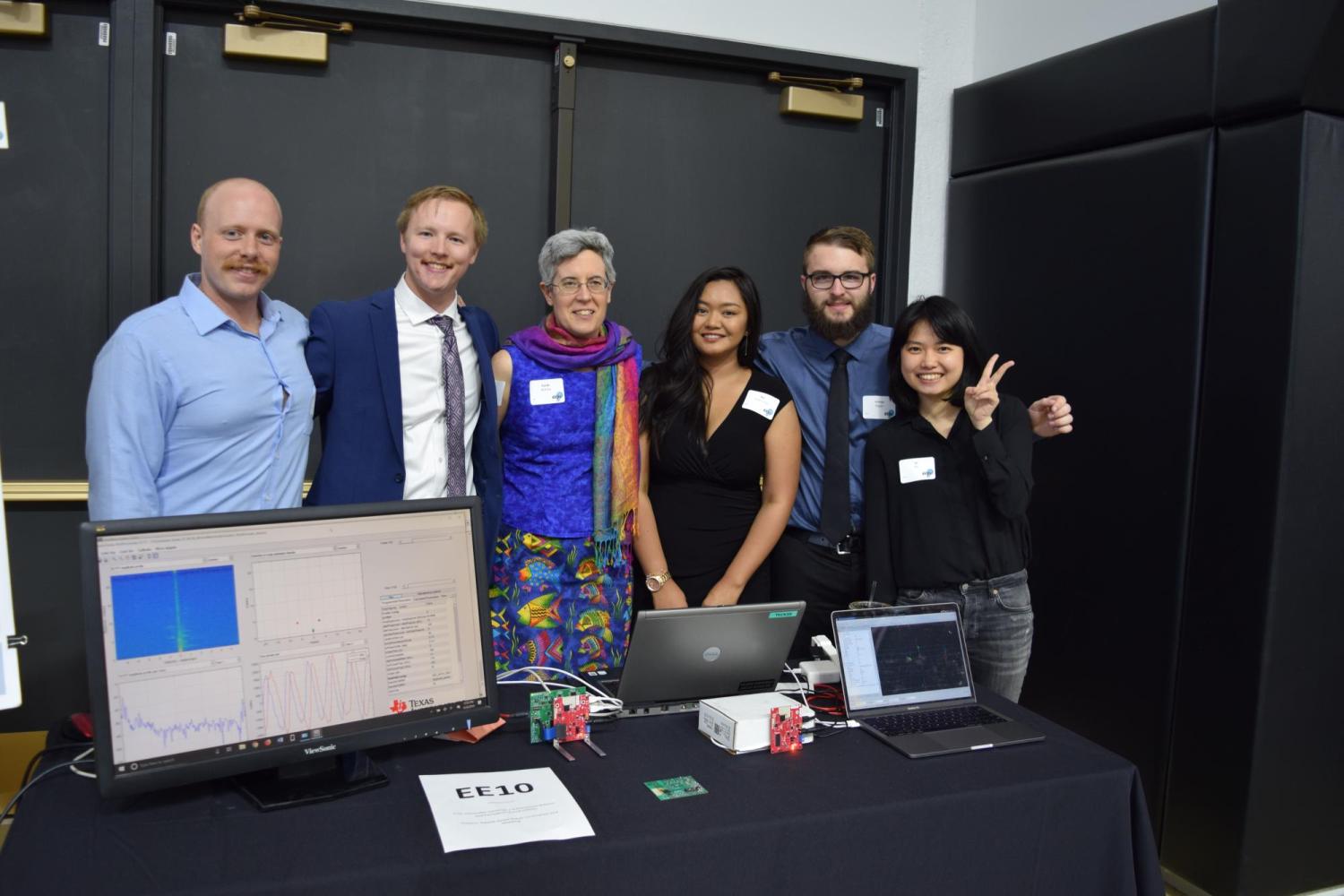RADAR-based Robot Localization and Mapping

Team Members: Joshua Biggio, Jason Gallmeyer, Xi Hu, Nur Umar, Kyle Wislinsky, Sarah Withee
The ARPG, a research group at CU Boulder directed by Prof. Christoffer Heckman, is one of the research groups that have been funded by the Defense Advanced Research Projects Agency (DARPA) to compete in the Subterranean Challenge. In this competition, autonomous robots will attempt to find visual, chemical, or thermal “goals” in a cave or other underground environment. Such environments present significant challenges to the navigation and sensing platforms typically used on autonomous robots. Consequently, a new means of robotic perception is necessary.
The solution is a sensor and data pipeline for mm-wave RADAR signals that provides localization and mapping data for autonomous robots. Radar does not suffer from the same limitations as LIDAR, hence will increase the functionality of autonomous robots in challenging environments.
Such a robot could be used in a variety of applications. For examples, organizations and institutions can use it for hazardous materials remediation, agriculture, and search and rescue operations. The sensor can also be integrated into products for consumer realm, such as robotic vacuums. Companies like Amazon can also utilize this sensor for delivery robots. Zillow for example, will find such robots with this sensor useful for mapping exact dimensions for houses; since getting exact measurement of a house has been a huge challenge for them.
Capabilities of the system include improved three dimensional mapping that outperforms stereo vision, reliability in a wider variety of environments than LIDAR-based systems, and low power draw, which increases mission time and allows users to fit the system on a small quadrotor, enabling the system to perform in space-constrained environments.

